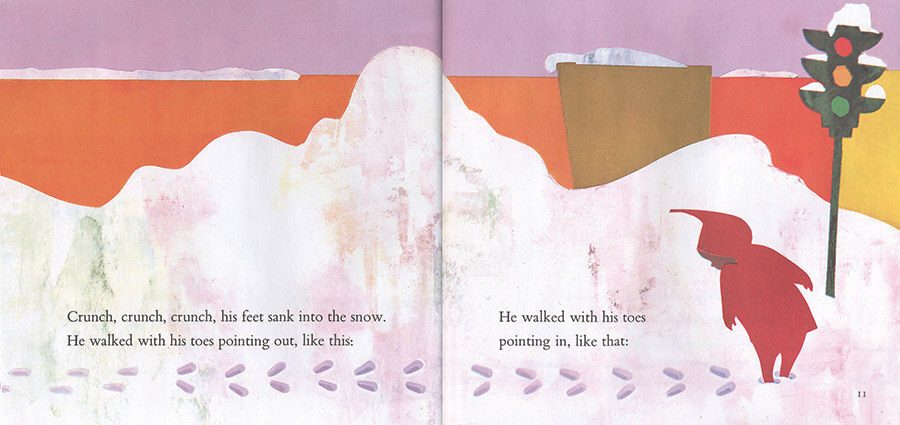A Question of Characters

From THE SNOWY DAY by Ezra Jack Keats, © 1962 by Ezra Jack Keats, renewed © 1990 by Martin Pope, Executor. Used by permission of Viking Penguin, a division of Penguin Group (USA) LLC
Kids’ books are missing the diversity of modern America.
The Snowy Day is a simple story about a boy named Peter who experiences the wonder of fresh snow. But when it debuted in 1962, it was a remarkable addition to children’s literature, because Peter was one of the first African-American characters who wasn’t a caricature to be featured in a major book.
The Snowy Day won the Caldecott Medal and is still a staple on children’s bookshelves. Yet representation of children of color in literature has not improved greatly in the fifty years since the classic by Ezra Jack Keats was first published.
Each year, the UW’s Cooperative Children’s Book Center conducts a survey of the number of children’s books by and about people of color published in the United States. Last year’s findings? Just ninety-three of the 3,200 kids’ books the center received had significant African or African-American content and 67 were written or illustrated by African-Americans — numbers that have shown almost no improvement since the center began documenting them in 1985. The numbers are even lower for other racial and ethnic groups, including Asians, American Indians, and Latinos.
The center maintains a web page devoted to multicultural literature, including lists of recommended titles by age group. It conducts the annual survey to support the message that children deserve books in which they can see themselves and the world where they live.
After The Snowy Day was published, Keats recounted hearing from a teacher who told him that, for the first time, her African-American students were using brown crayons to draw pictures of themselves, rather than pink ones.
Published in the Summer 2014 issue



Comments
No comments posted yet.